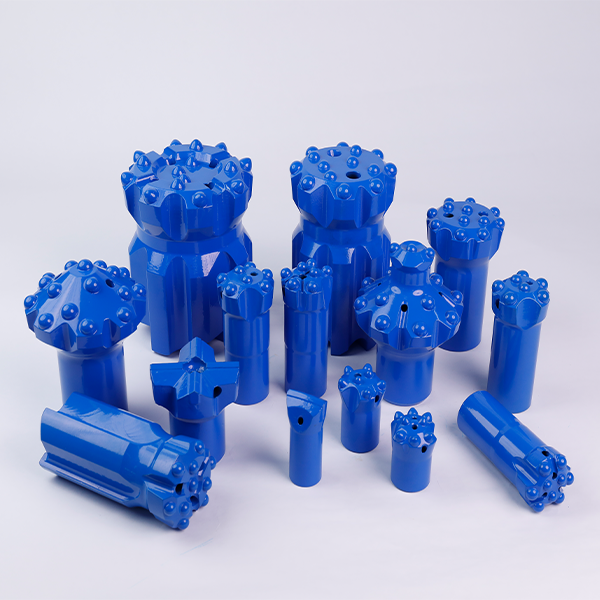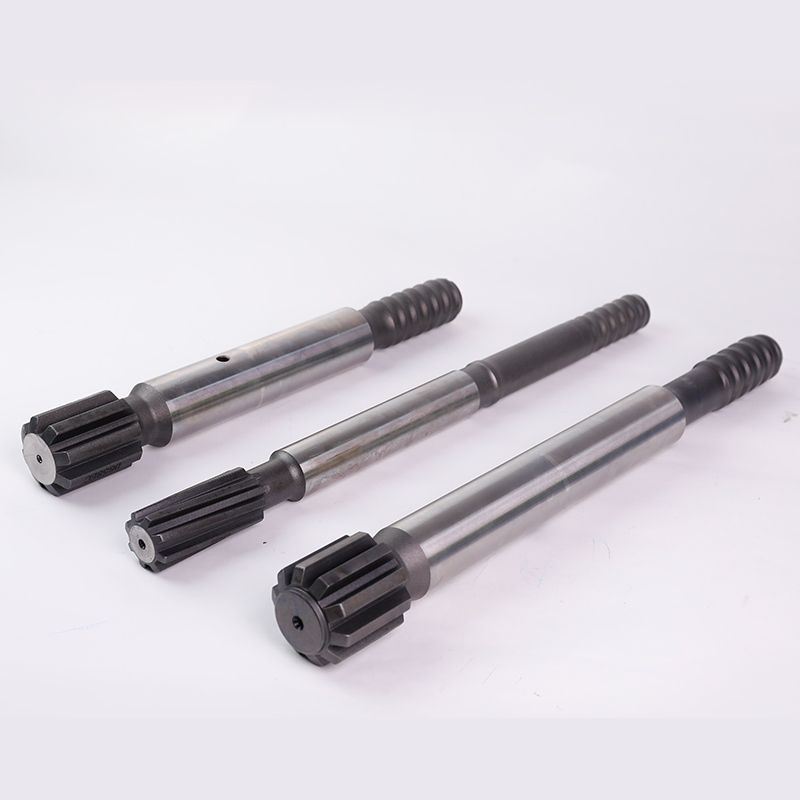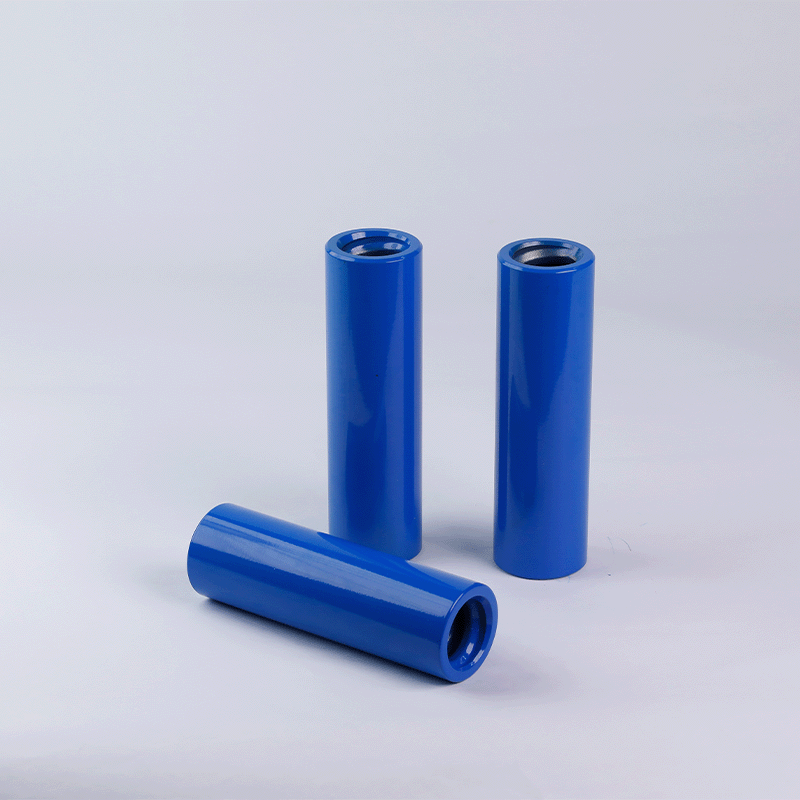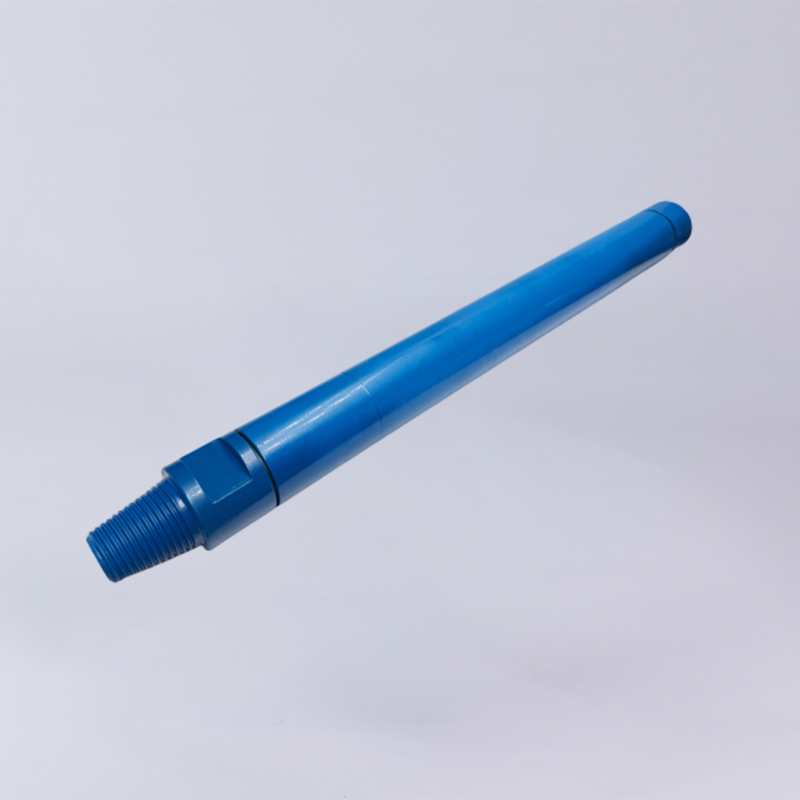In the field of rock engineering, complex and variable geological conditions have long posed significant challenges during construction. Traditional drilling methods often struggle when faced with hard rock, weathered layers, and other complex formations—resulting in low efficiency, high costs, and potential environmental issues. However, with the rise of Down-the-Hole (DTH) hammer guide hole drilling technology, these problems are gradually being overcome. With its unique working mechanism and significant advantages, this technology offers a new solution for complex geological conditions. But how exactly does DTH hammer guide hole drilling achieve this breakthrough?
The Limitations of Traditional Drilling Methods
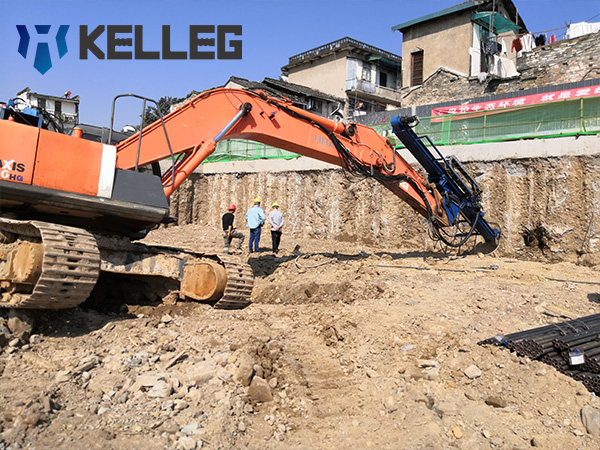
Conventional directional drilling typically uses a mud motor to drive the drill bit while relying on probe sensors to monitor bit orientation and achieve directional control. However, this method has several primary drawbacks:
High Equipment Costs: Large-capacity mud pumps, matching mud tanks, and mud recovery devices are required, which increases equipment purchase and operating costs.
Complex Mud Management: The use of large quantities of drilling mud increases both material and disposal costs and poses environmental concerns.
Low Efficiency in Complex Geologies: In hard or weathered rock formations, traditional bits, and tools struggle to maintain direction and penetration speed, often leading to prolonged construction cycles.
Principles and Advantages of DTH Hammer Guide Hole Drilling
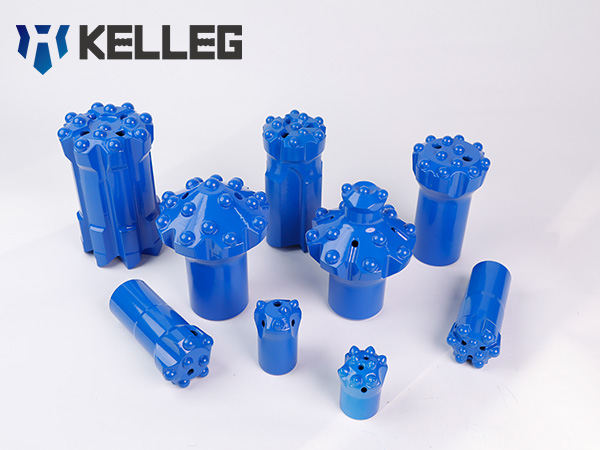
The down-the-hole hammer guide-hole drilling technology utilizes the high-frequency oscillation impact generated by the down-the-hole hammer during the drilling process to break rocks while controlling the rotation angle of the drill rod to achieve guide-hole drilling. This technology uses compressed air as its power source and does not require mud, thereby significantly reducing construction costs and environmental pressure.
1. Efficient Rock Breaking
The high-frequency impact of the DTH hammer can efficiently crush rocks of various hardness levels, especially medium to hard formations. Compared to rotary drilling, it achieves much higher penetration rates and shortens drilling time.
2. Accurate Directional Control
By precisely adjusting the rotation angle of the drill rod and the hammer’s impact frequency, the technology ensures high-accuracy directional drilling—even in complex geology—keeping the borehole on the intended path and minimizing deviation.
3. Environmentally Friendly and Energy Efficient
Since compressed air replaces drilling mud as the power source, there is no need for mud treatment or disposal. It not only reduces construction costs but also aligns with environmentally sustainable construction practices.
4. Strong Adaptability
DTH hammer guide hole drilling is adaptable to a wide range of terrain and geological environments, including mountainous areas, rivers, and urban settings. Whether in hard rock or complex formations, it demonstrates excellent construction performance and flexibility.
DTH Hammer Directional Drilling Methods for Different Formations
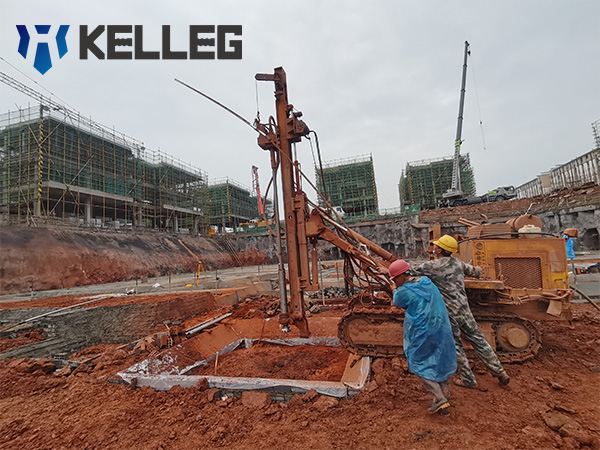
1. Weathered or Soft to Medium-Hard Rock
In these formations, beveled-face carbide guide bits are used. These bits feature a slanted cutting face and guiding strips made of carbide, providing strong cutting performance and directional control. The desired trajectory is achieved by controlling the rod’s rotation and applying side force during drilling.
2. Medium-Hard to Hard Rock Formations
Beveled-face bits may not suffice for harder formations. In such cases, alternative bit types include button carbide guide bits, round full-face carbide bits, and three-stage guide bits. The button provides better cutting force and guidance accuracy. Drilling systems typically include a combination of components such as the bit, DTH hammer, and bent sub.
Button bits are arranged circumferentially on the bit face. When the rig applies weight on the bit, the DTH hammer activates, and the button strikes the rock, effectively breaking it. Their design also aids in directional control, helping maintain borehole accuracy and efficiency.
Construction Features of DTH Hammer Guide Hole Drilling
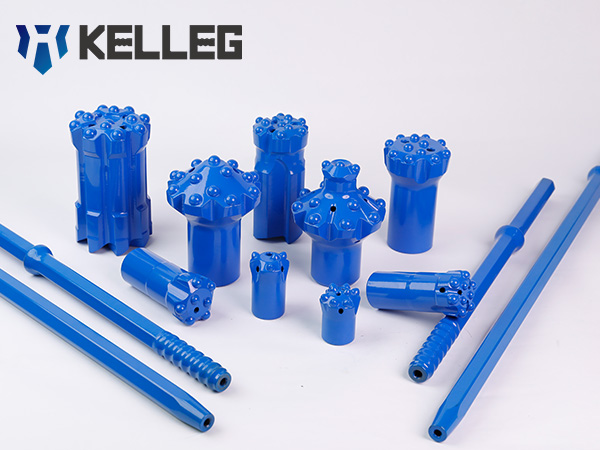
Basic Equipment Configuration
A DTH hammer guide hole drilling setup generally consists of an air compressor, lubrication or additive system, drilling rig, and drill rods. Compressed air powers the system, driving high-frequency hammer impacts through rotary motion.
Key Drilling Parameters
Weight on Bit (WOB): Directly affects drilling efficiency and borehole quality. Too much weight can cause excessive wear; too little reduces impact energy.
Rotation Speed: This should be optimized based on rock type, bit diameter, impact energy, and frequency to maximize efficiency and minimize wear.
Air Volume: Must meet the hammer’s airflow needs and ensure adequate return velocity in the annulus for cuttings removal.
Air Pressure: Affects penetration rate and must be adjusted according to borehole depth, especially for deep drilling.
Equipment Maintenance
Due to intense dust and vibration during DTH hammer drilling, equipment is prone to wear and failure. Regular maintenance—including cleaning, lubrication, and inspection—is essential to ensure operational reliability and extend service life.
Operator Training
DTH hammer guide hole drilling requires skilled operators. Personnel must be familiar with equipment functionality and operating procedures, and capable of troubleshooting issues during construction. Comprehensive training and management are therefore crucial.
Conclusion
DTH hammer guide hole drilling technology offers an effective solution for the challenges posed by complex geological conditions. It significantly improves construction efficiency and quality, lowers costs, and reduces environmental impact—paving the way for new advancements in rock engineering.
As the technology continues to evolve, its applications will expand across more fields, injecting new vitality into the industry. For engineers and technicians, mastering the technology of down-the-hole hammer directional drilling will help improve construction efficiency and quality while reducing engineering costs. Looking ahead, this technique is set to become a cornerstone of modern rock engineering solutions.

